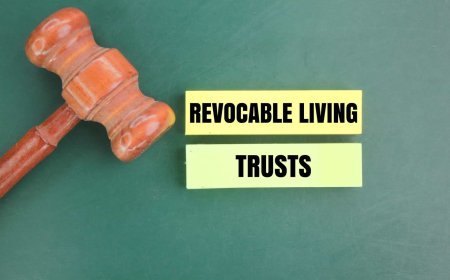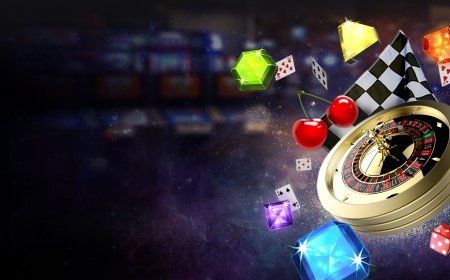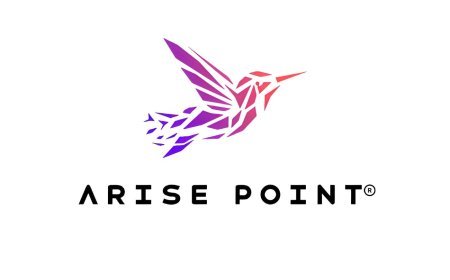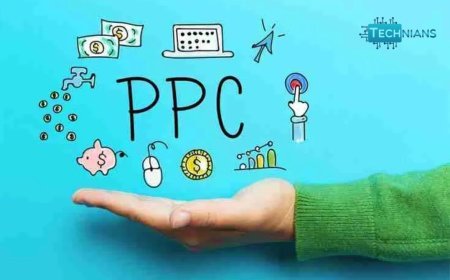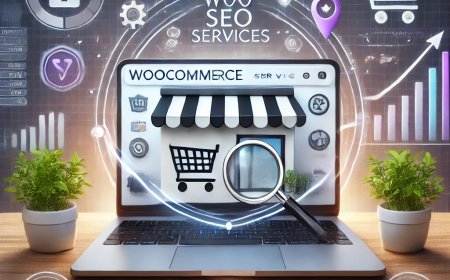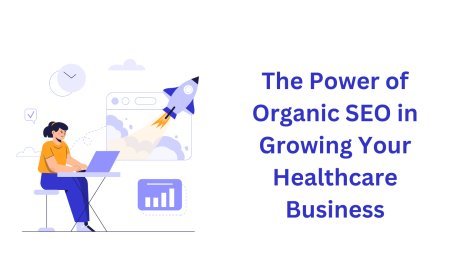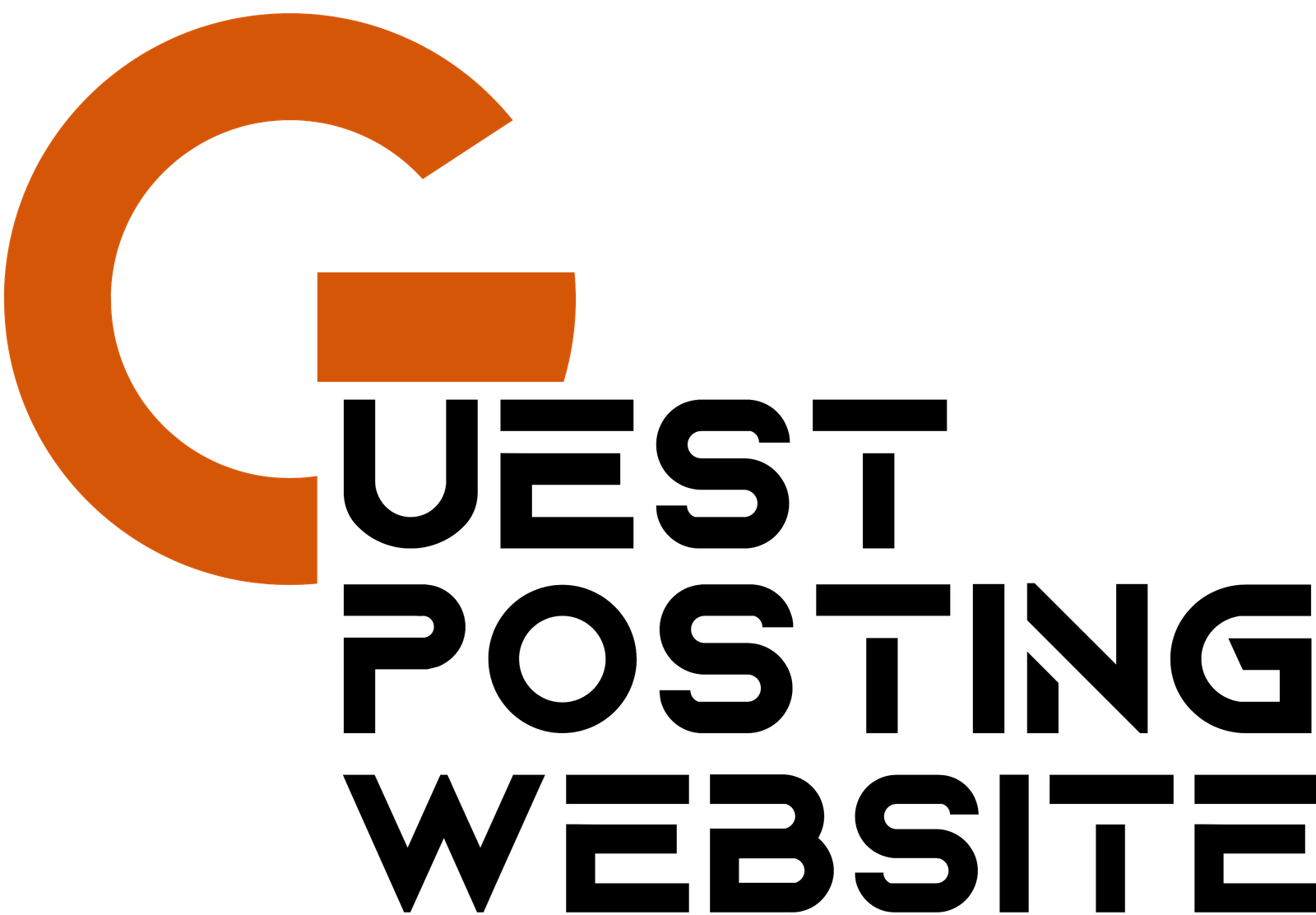How to Market Your Store When Selling Wholesale Clothing

Marketing your store effectively begins with a clear understanding of your target audience. Who are your customers? Are you catering to boutique owners, online retailers, or brick-and-mortar stores looking for “wholesale womens clothing” and “wholesale jewellery”? By pinpointing the needs and preferences of your audience, you can tailor your marketing strategies to address their specific pain points. For example, a boutique owner may be more interested in small-batch, unique styles, while a larger retailer might prioritize bulk discounts and consistent inventory availability.
Additionally, conducting thorough market research helps you identify trends and gaps in the market. If you notice a rising demand for eco-friendly “wholesale clothing” or bold statement jewellery, you can position your store as a go-to source for these items. Understanding your customers’ buying habits, seasonality, and preferred price points ensures that your marketing messages resonate, driving more traffic to your store and increasing sales.
Building a Strong Online Presence
In today’s digital-first world, having a professional and user-friendly online presence is crucial. Start by creating an e-commerce platform that showcases your “wholesale clothing,” “wholesale women's clothing,” and “wholesale jewellery” in an organized and visually appealing manner. High-quality product photos, detailed descriptions, and easy navigation instill confidence in potential buyers and encourage them to explore your offerings further.
Beyond your website, leverage social media platforms like Instagram, Facebook, and LinkedIn to reach your target audience. Share engaging content, such as styling tips, behind-the-scenes looks at your inventory, and customer success stories. Consistent posting and interaction with followers help build trust and keep your store top-of-mind. Social media advertising and influencer partnerships can also extend your reach, introducing your store to a wider audience and driving more traffic to your online storefront.
Crafting Compelling Product Descriptions and Imagery
Effective product descriptions and imagery are essential marketing tools. When potential buyers browse your store, they should feel informed and inspired by what they see. Craft detailed, benefits-focused descriptions that highlight the unique features of your “wholesale clothing” and “wholesale jewellery.” For instance, explain how a particular piece is made, what materials are used, and why it’s a must-have for retailers.
Pair these descriptions with professional photography that captures each item’s true colors, textures, and fit. Multiple angles and lifestyle shots help customers envision how the products will look in their own stores. Including short videos or animated gifs of products in motion can further enhance the online shopping experience, giving buyers the confidence they need to place larger orders.
Implementing Targeted Email Campaigns
Email marketing remains one of the most effective ways to engage with potential and existing customers. By building a list of qualified leads—such as boutique owners and store managers—you can send targeted campaigns that showcase new arrivals, special promotions, and seasonal trends in “wholesale womens clothing” and “wholesale jewellery.”
Personalization is key to successful email marketing. Use data-driven insights to segment your list based on purchasing behavior, location, or industry type. For example, send a curated collection of elegant “wholesale jewellery” to upscale boutique buyers and a more casual line of clothing to stores serving a younger demographic. By delivering relevant, timely content, you’ll encourage repeat business and strengthen your relationships with customers.
Leveraging Social Proof and Customer Testimonials
Trust plays a significant role in the decision-making process for wholesale buyers. Highlighting social proof—such as customer testimonials, case studies, and reviews—can reassure potential buyers that your products are reliable and high-quality. Encourage satisfied customers to share their experiences and display these testimonials prominently on your website and social media channels.
If possible, feature stories from well-known retailers or respected industry figures who have successfully stocked your “wholesale clothing” or “wholesale jewellery.” Seeing that other businesses trust your products can motivate new customers to leap. Regularly updating your social proof and showcasing diverse success stories ensures that your store remains credible and attractive to prospective buyers.
Offering Incentives and Promotions
Incentives and promotions are powerful motivators for wholesale buyers. Offering discounts on bulk purchases, free shipping for large orders, or loyalty rewards can make your store more appealing than competitors. For instance, you might provide a 10% discount on orders of “wholesale women's clothing” above a certain threshold or offer a free batch of “wholesale jewellery” with every substantial clothing purchase.
Promotions don’t always have to be monetary. Exclusive previews of new collections, early access to seasonal items, or dedicated account managers can also entice buyers. By consistently delivering added value, you’ll encourage repeat business and long-term customer loyalty, helping your store thrive in a competitive wholesale market.
Building Relationships with Industry Influencers
Collaborating with industry influencers can significantly boost your store’s visibility. Whether it’s a well-known boutique owner, a fashion blogger, or a social media personality, partnering with influencers who align with your brand values helps you reach a larger, more engaged audience. For example, an influencer who frequently features “wholesale jewellery” can showcase your products in their content, driving traffic to your store and establishing your brand as a trusted source.
In addition to social media influencers, consider forming relationships with fashion trade publications or attending industry events. Networking with these entities allows you to gain valuable exposure, connect with potential customers, and stay informed about emerging trends. Over time, these connections can lead to organic referrals and greater brand recognition within the wholesale clothing market.
Investing in Paid Advertising and Retargeting
Paid advertising can deliver immediate results by placing your store in front of a targeted audience. Utilize platforms like Google Ads or Facebook Ads to run campaigns that highlight your best-selling “wholesale womens clothing” or new arrivals in “wholesale jewellery.” Well-crafted ads that lead to a landing page with clear calls-to-action can drive conversions and generate interest in your store.
Retargeting campaigns are particularly effective in converting browsers into buyers. When someone visits your website but doesn’t make a purchase, retargeting ads on social media or search engines can remind them of your products. This gentle nudge often results in higher conversion rates, as potential customers who were initially hesitant are more likely to return and complete their orders.
Measuring Success and Adjusting Strategies
No marketing strategy is complete without tracking results and making data-driven adjustments. Use analytics tools to monitor website traffic, social media engagement, and email campaign performance. Look for trends in what’s working—such as certain product categories or promotional offers—and what isn’t. If you notice that ads featuring “wholesale women's clothing” generate more clicks than those for “wholesale jewellery,” allocate more budget and effort toward clothing campaigns.
Regularly reviewing your marketing efforts helps you identify opportunities for improvement and ensures that your store remains competitive. By staying agile and responsive to changing market conditions, you can refine your strategies, maintain a strong presence in the wholesale clothing industry, and ultimately drive more sales and revenue for your store.
What's Your Reaction?












